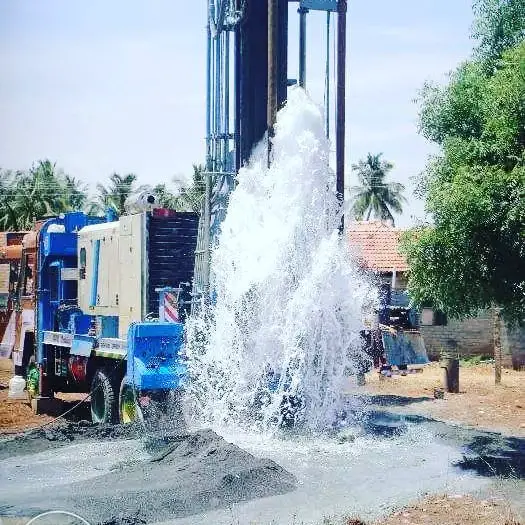Plans are being laid for the establishment of 47 groundwater pumping stations in South Sudan. The venture was formally announced on March 3, 2023, by Pal Mai Deng, the minister of water resources and irrigation for South Sudan. This came after the sealing of the financial deal with the Chinese government in Juba, the capital of South Sudan.
The government of the East African country also revealed that the water pumping stations will be developed across the country’s four states. The states in question include Terekeka, Yei River, Eastern Lakes, and Jubek.
The project seeks to increase the population’s access to drinking water. It will be carried out within a span of at least three years. There will be 32 electric pump-equipped boreholes out of the total. It is said that the remaining 15 boreholes will have human-powered pumps.
How the groundwater pumping stations initiative will impact the people of South Sudan
The initiative will improve the accessibility of drinking water for tens of thousands of Southern Sudanese. This is according to Hua Ning, China’s ambassador to Southern Sudan. Oxfam International asserts that just 55% of the population in South Sudan has access to this resource. Oxfam is a federation of around 20 independent charities across the world,
The Sudanese will also become more drought resilient by drawing on the groundwater in their country in East Africa. Surface water is drained due to the climate phenomenon. The change in climate has impacted both life and economic activities like agriculture, livestock, etc.
The Wau Dam is another strategy the government is using to provide water to Southern Sudan. The Bahr al-Ghazal basin’s Siwi River, one of the major branches of the Jur River, will be the site for the construction of the dam. The dam will have a 2 billion m3 storage capacity.
It is anticipated that water will be used to irrigate between 12,600 and 16,800 hectares of land, increasing drought resilience.

